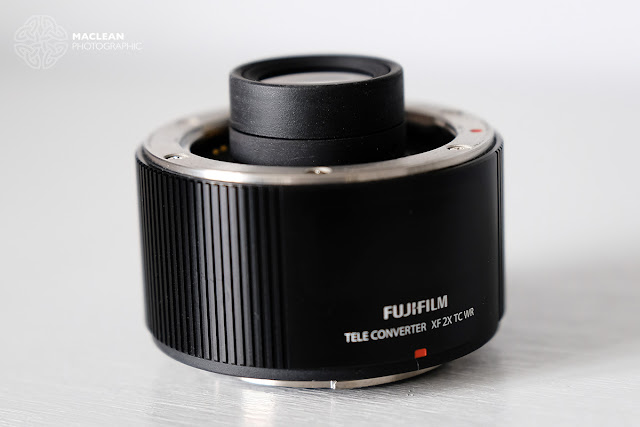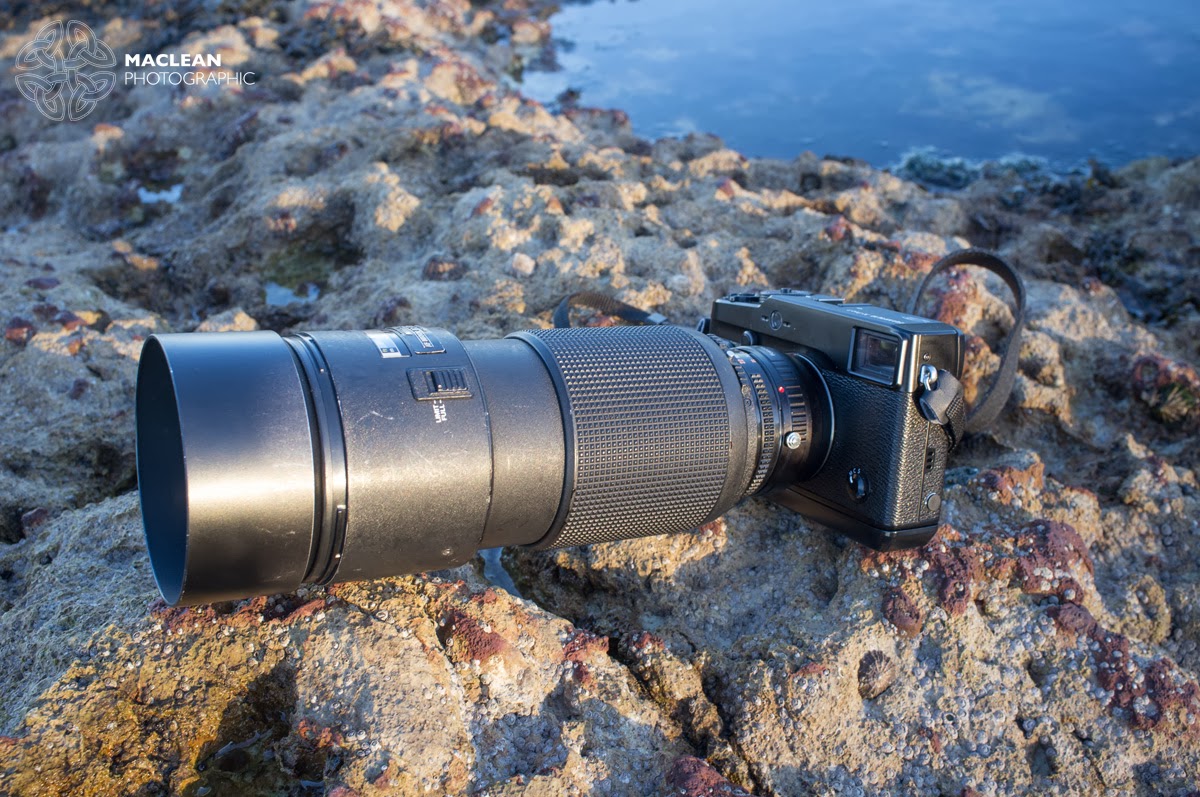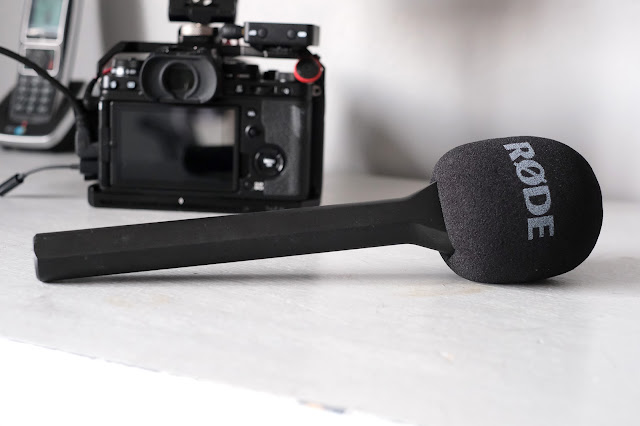Tips for better Landscape Photographs: Part 3 - Composition
When you are presented with a fantastic scene lit with superb light, most photographers grab the camera and start shooting without much thought to the composition of the image. They then get home and are disappointed by the results because the images don't convey the feelings they had when they were at the location.
The two biggest compositional challenges are how to balance the elements of the picture and how to represent a 3D scene in a 2D image. However with a bit of thought and consideration the final image can be vastly improved by following a few guidelines to composition.
Take the image at the top of the page taken on Saturday while out at Fast Castle in the Scottish Borders. The sweep of the cliffs provide a natural 'Leading Line' which pulls the viewer into the image. The rock formations in the foreground provide interest while the headland finishes at a point, almost pointing the viewer out to sea and making them wonder what is beyond that horizon.
FOCAL POINT
Look for the main element in the image, for instance a river that meanders through the image, rocks on a beach or an old, twisted tree. A focal point creates a strong image. Look at the scene in front of you and see what captures your attention; ask yourself why are you taking the picture. Once you have decided make that your focal point.
RULE OF THIRDS
The first guideline is the Rule of Thirds and this is something that every good landscape photographer uses. I tend to use in almost every landscape shot I take but, like all good rules on composition, they can be ignored when necessary. However the Rule of Thirds is a good one to follow.
Basically you divide your viewfinder into nine equal boxes with two horizontal and two vertical lines. You then organise the elements in your image according to these lines by placing the most important element on one of the four intersections of vertical and horizontal lines. In many photographs the sky and the land / sea are the most dominant elements and the horizon is either placed one third from the top of the frame or one third from the bottom depending on the subject.
For example the shot below the horizon is placed at the top of the image with the emphasis on the rocky shoreline and the headland.
USE OF FRAMES
Framing your subject is also a good compositional technique. I am not talking about what you do with a photographic print to hang on your wall but the principle is the same. You use something you are photographing to frame the main subject. For example the bridge at Seacliffe forms a man made frame for Bass Rock but you can also use trees and rock formations to provide a frame for your main subject. Look out for opportunities when you are next out with your camera.
LEADING LINES
We have already mentioned leading lines which lead the viewer into the image. Lots of things can provide leading lines, a path, a road, a river or a beach. The next three images are prime examples of using a leading line to make the image compositionally better and give your images depth.
FOREGROUND INTEREST
When using wide-angle lenses by placing something in the foreground you immediately improve the composition of the image. If you see a beautiful landscape and just take a picture without any thought, the image will look flat and 2D because everything is far away in the distance. By putting something in the foreground (a rock or a tuft of grass or something similar) the viewer is once again led into the image.
Take this shot of Ben More and Loch na Keal on the Isle of Mull. The yellow gorse bush provides some foreground interest to the dramatic clouds over the mountains in the distance. Try to imagine this shot without the gorse bush, everything would be in the background and the composition wouldn't work.
PEOPLE IN LANDSCAPES
I sometimes put people in landscapes to add a sense of scale and an aid to the overall composition, not as the main subject. Here are two landscape shots that I have used people in this way.
The first shot is the trek up to the summit of Ben More on the Isle of Mull in 2013. My friend Nick Hodgetts from the Isle of Skye, a seasoned 'Munro Bagger', was leading me up towards the ridge high above Loch na Keal on the Inner Hebridean island.
The second is the mass flight of Gannets on Bass Rock. The shot was taken from behind the Gregan, a rock outcrop and it was in shadow as the sunlight hit The Bass. There were two people taking in the view and they provided the perfect compositional element for this image without their knowledge.
CONCLUSION
These are just a few of the main compositional 'rules' that I follow but like all photographic rules, they are there to be broken when the need arises. However if you follow the Rule of Thirds I guarantee that you will see a big improvement in your landscape images.
NEXT WEEK: Part 4 will be about Seeing the Light - Photography is nothing without light and the ability to spot when the light is best for photography is just as important as composing an image.
CLICK HERE for Part 2 of this series on Filters
CLICK HERE for Part 1 on this series on Supporting Your Camera














Comments
Post a Comment